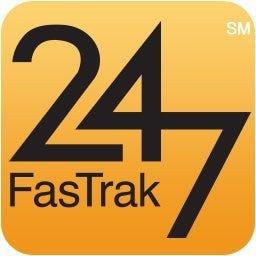- By-pass airflow design maintains stable face velocity as air sash is closed
- Eliminates high-velocity spikes that disturb delicate procedures
- Pivoting air foil is easy to clean, maximizes containment
- Includes tempered safety glass sash with epoxy-coated aluminum sash handle
- Withstands exposure to a wide range of laboratory acids, solvents and alkalis
• Built-In Blower: No
• Depth: 30.2"
• Hood Design: Benchtop
• Frame Material: Powder-Coated Steel
• Height: 48"
• Manufactured by: Labconco
• Manufacturer SKU: 3030002
• Max Opening: 20"H
• Model: Fiberglass 30
• Sash Design: Manual/Sliding
• Sash Height: 20"
• Type: Ducted
• Width: 30"
• Work Area Dimensions: 25"W x 22.7"D
• Unit of Measure: EA

































